
transverse sections showing full sets of growth rings
at the bottom of this page (click) that will take you on a guided tour of 3170 detailed images of 1036 species |

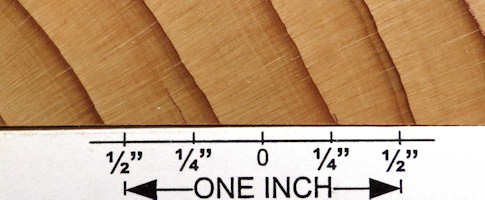 |
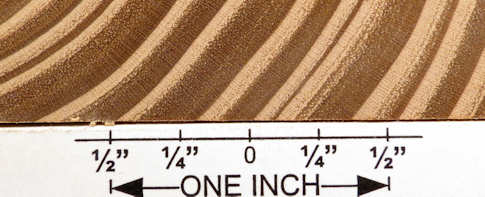 |
||
Lebanon cedar |
Russian olive |
||
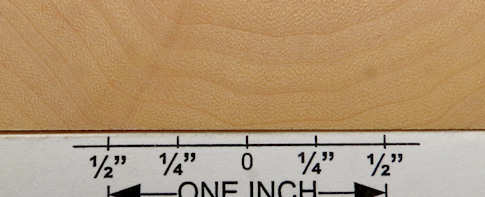 |
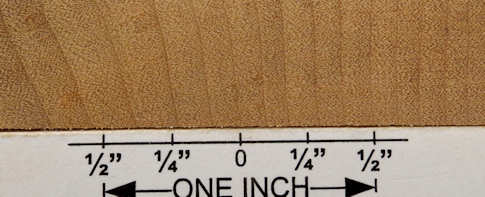 |
||
basswood |
narrowleaf cottonwood |
||
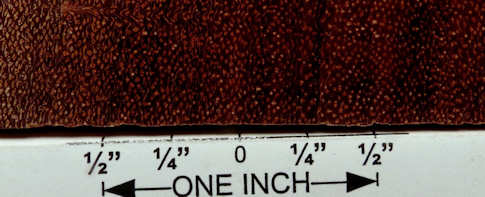 |
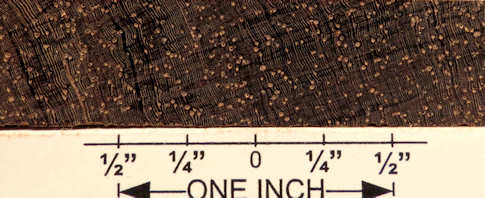 |
||
Amazon rosewood |
Madagascar rosewood |
||
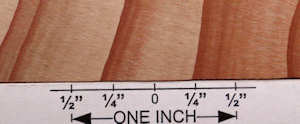 |
 |
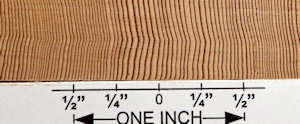 |
|
redwood |
beech |
old growth Douglas fir |
|
count and Douglas fir can have a fairly low ring count. These examples are just to show representative example of the COUNTS, not of these particular species | |||
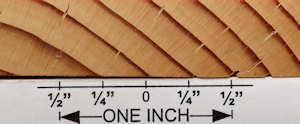 |
 |
||
Douglas fir |
old growth Douglas fir |
||
 |
|||
ring count in a single piece of wood, which happens if there are years of good growth (wide rings) and years of poor growth (narrow rings). This tree had a lot of bad years in a row there in the middle. In the early and late years it has about 14 rings/inch but in the middle years it has more like 50 rings/inch | |||
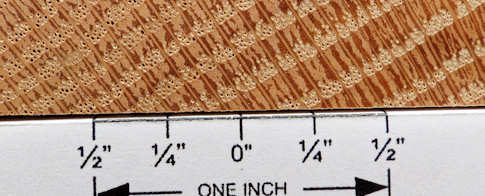 |
 |
||
black oak |
grand fir |
||
(images are 1/4" square end grain cross sections shown here at 9X) | |||
 |
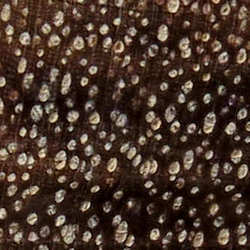
| 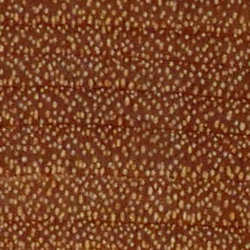
|  |
(mockernut hickory) large to tiny pores |
(tropical walnut) medium to small pores |
birch small pores |
apple tiny pores |
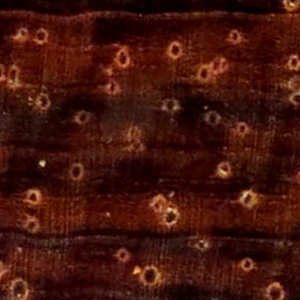 |
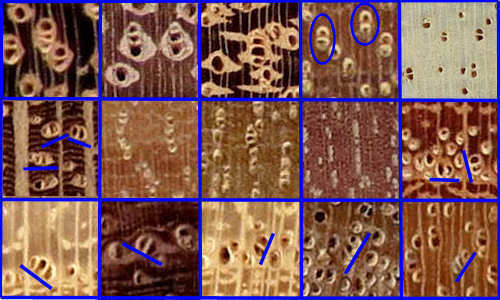 |
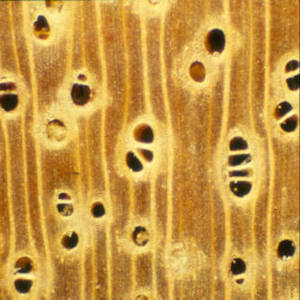 |
(extremely sparse) |
(in various orientations) |
different multiple lengths |
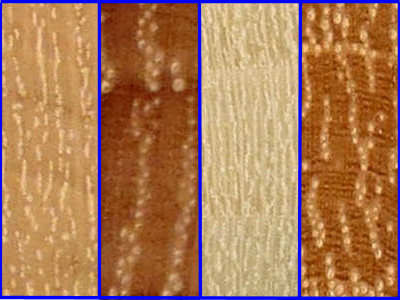 |
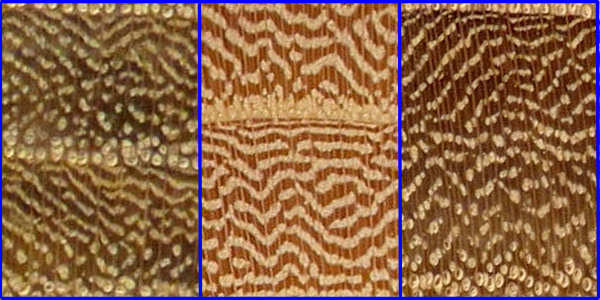 |
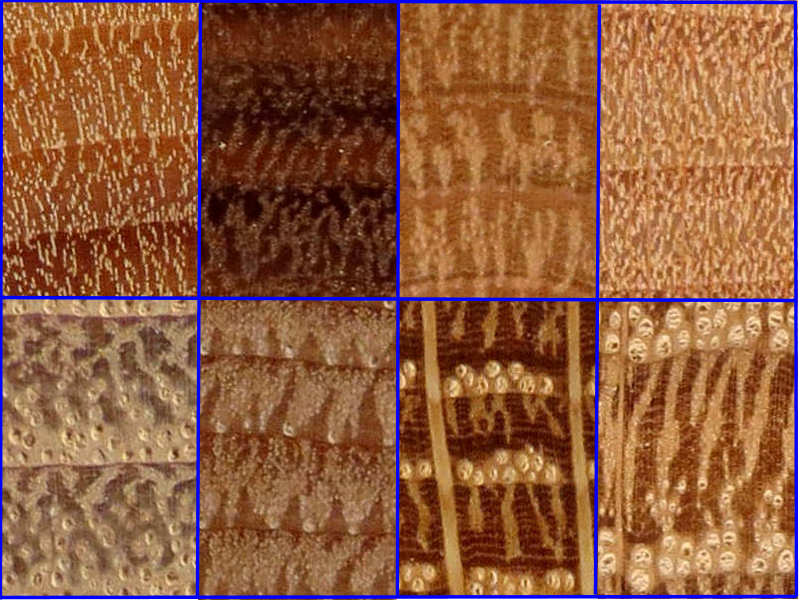 |
|
(images are 1/4" square end grain cross sections shown here at 9X) | |||
.jpg) |
%201.jpg) |
%201.jpg) |
.jpg) |
black oak Quercus velutina |
teak Tectona grandis |
black willow Salix nigra |
birch Betula spp. |
(images are 1/4" square end grain cross sections shown here at 9X) | |||
.jpg) |
.jpg) |
.jpg) |
%201.jpg) |
quercus velutina |
Quercus mohlenbergii |
catalpa spp |
catalpa speciosa |
.jpg) |
.jpg) |
%201.jpg) |
.jpg) |
castanea dentata |
Castanopsis chrysophylla |
Ulmus procera |
Carya tomentosa |
(images are 1/4" square end grain cross sections shown here at 9X) | |||
.jpg) |
.jpg) |
.jpg) |
.jpg) |
Betula spp |
Ostrya virginiana |
Sideroxylon lanuginosum |
Koompassia malaccensis |
.jpg) |
.jpg) |
.jpg) |
.jpg) |
Tilia cordata |
Dalbergia monticola |
Umbellularia californica |
Pyrus communis |
(images are 1/4" square end grain cross sections shown here at 9X) | |||
%201.jpg) |
.jpg) |
%202.jpg) |
.jpg) |
Cinnamomum camphora |
Tamarix spp |
Tectona grandis |
Juglans major |
(images are 1/4" square end grain cross sections shown here at 9X) | |||
.jpg) |
%201.jpg) |
%201.jpg) |
.jpg) |
Fagus sylvatica |
Juglans spp |
Pterogyne nitens |
Salix amygdaloides |
| 3170 pics of 1036 species at 12X |
with a mouseover that shows the type of wood and a link that takes you to the anatomy page contining that wood, click HERE |